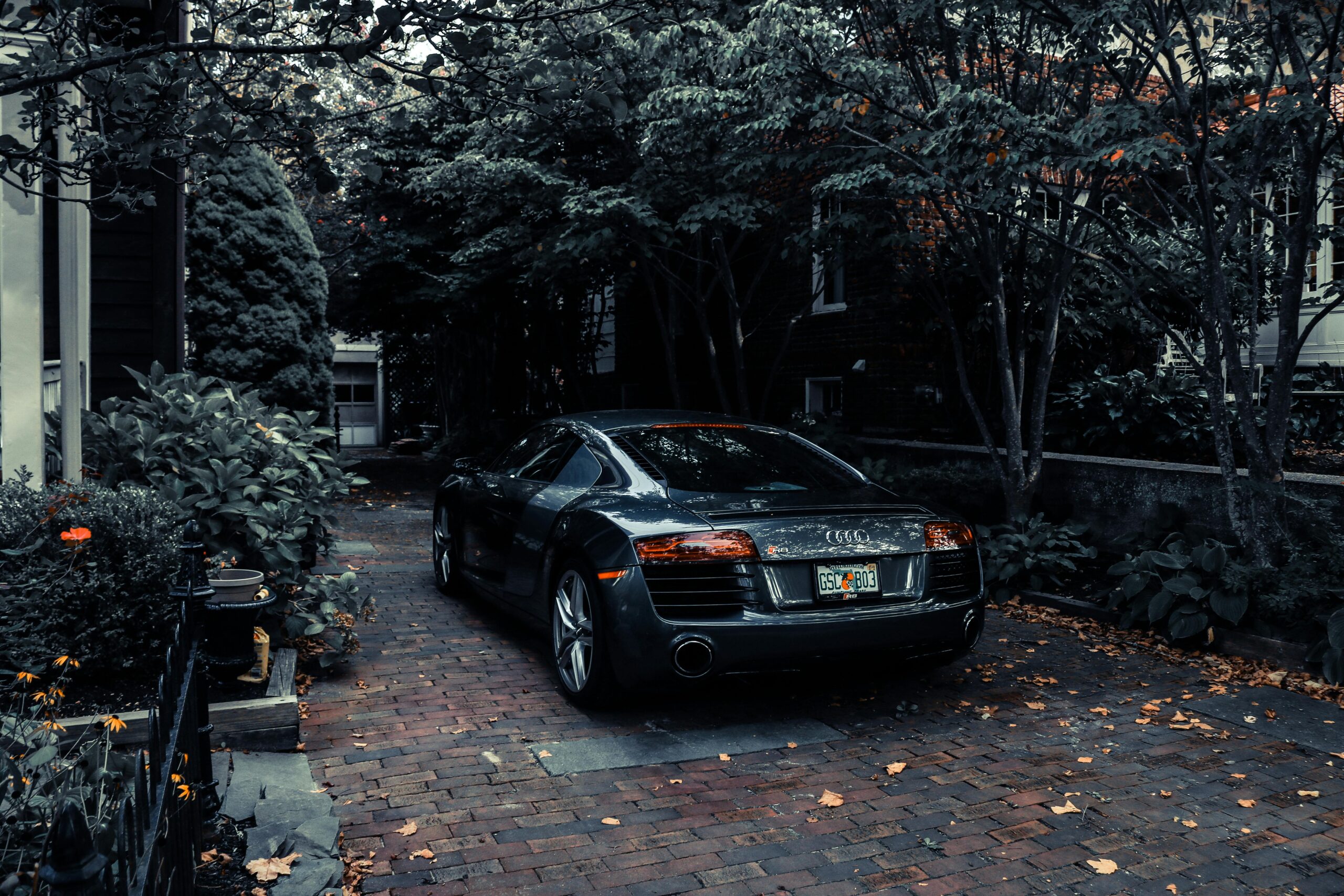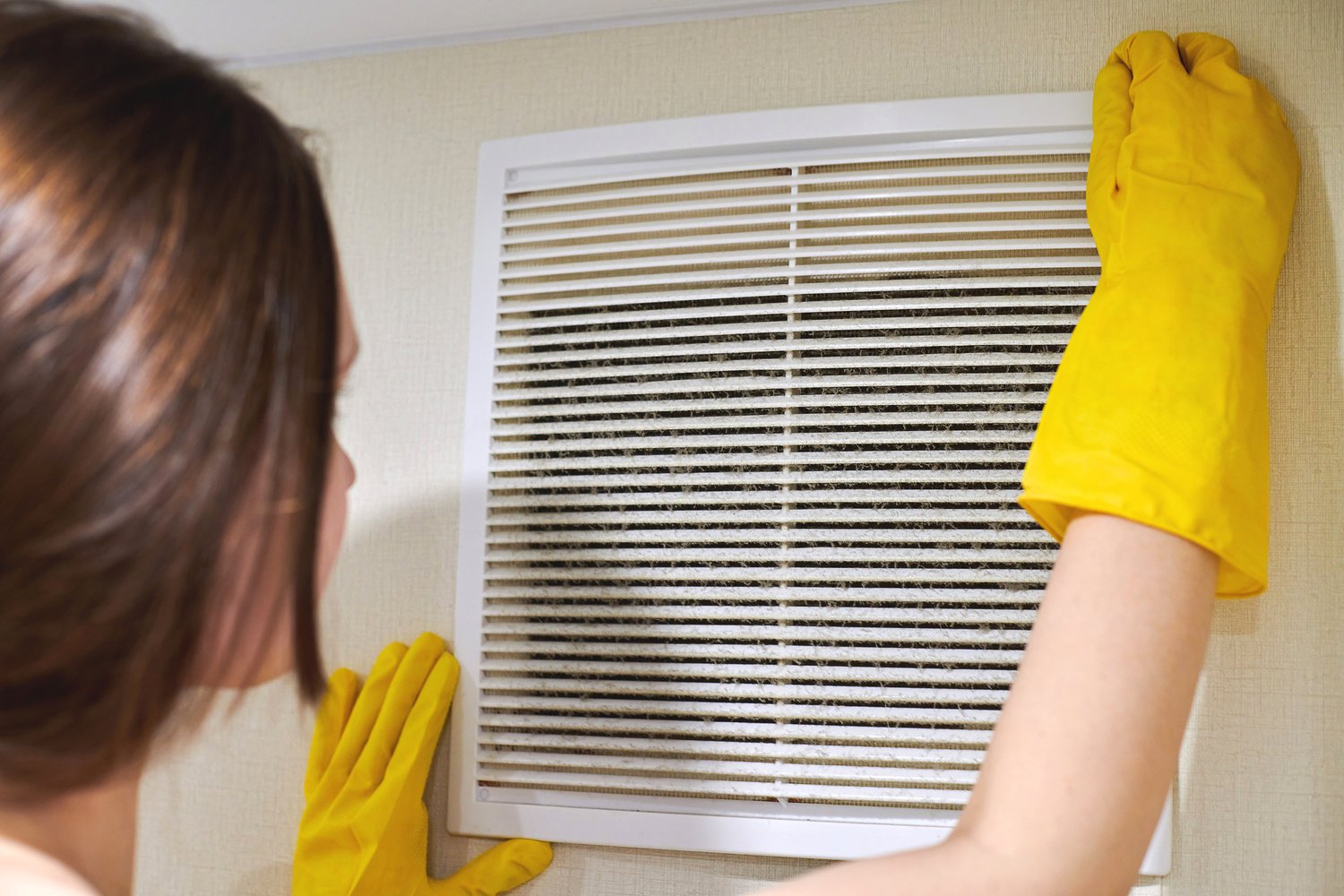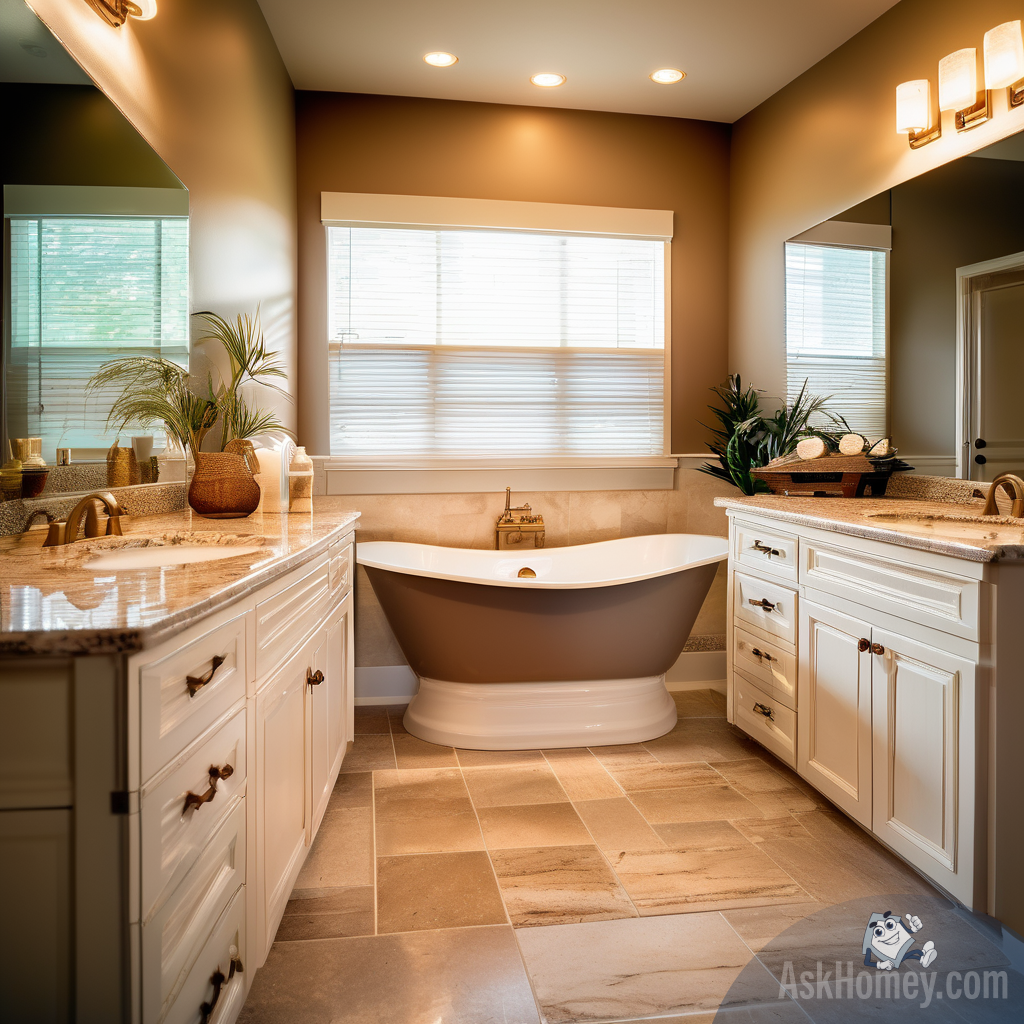Poor driveway drainage is more than just an inconvenience; it can lead to significant damage to your property over time. From unsightly puddles after rainfall to serious erosion issues that compromise the structural integrity of your driveway, water problems require thoughtful solutions. This article explores common driveway drainage problems homeowners face and provides practical solutions ranging from simple grading techniques to more comprehensive options like French drains and permeable pavers. Understanding these solutions can help you make informed decisions about protecting your property investment.
Understanding Common Driveway Drainage Issues
Water pooling on your driveway is not just an eyesore—it’s a sign of improper drainage that requires attention. When water collects in low spots instead of flowing away from your property, it can seep into the driveway materials, causing cracks and deterioration. During winter months, these pools can freeze and expand, accelerating damage to concrete or asphalt surfaces. Additionally, standing water can become a breeding ground for mosquitoes and other pests, creating health concerns for your family.
Erosion is another serious issue that occurs when water flows uncontrolled across your driveway. Over time, this runoff can wash away the supporting soil beneath and alongside your driveway, potentially causing sections to sink or crack. If your driveway slopes toward your home’s foundation, the problems become even more concerning, as water pooling near your house can lead to basement flooding and foundation damage.
Simple Solutions to Fix Water Pooling on Your Driveway
Before considering more extensive interventions, several straightforward approaches can help address minor to moderate drainage problems. Proper grading is perhaps the most fundamental driveway drainage solution. A well-designed driveway should have a slight slope (ideally 1-2%) away from your home and toward the street or a designated drainage area. In some cases, regrading your existing driveway might be all that’s needed to resolve water pooling issues.
Creating a crown in the center of your driveway is another effective technique. This raised middle section encourages water to flow to the sides rather than collecting in the middle. For existing driveways with minimal slope, strategic placement of channel drains at problem areas can direct water away before it causes damage. These shallow troughs with grates on top collect water and channel it to more appropriate drainage areas.
Sometimes, the problem lies at the boundary between your driveway and garage or home entrance. In such cases, installing a drainage channel or trench drain at this junction can prevent water from flowing into your garage or toward your foundation. Regular maintenance is also crucial—keeping nearby gutters and downspouts clear and directing them away from your driveway can significantly reduce water issues.
Installing French Drains for Serious Drainage Problems
When dealing with persistent drainage issues, a French drain install driveway project might be your best solution. French drains are trenches filled with gravel or rock containing a perforated pipe that redirects surface water and groundwater away from your driveway. These systems work particularly well for properties with high water tables or those in areas with heavy rainfall.
The installation process involves digging a trench alongside your driveway, lining it with landscape fabric, placing a perforated pipe within the trench, and covering it with gravel. The water seeps through the gravel, enters the pipe through its perforations, and is carried away from your property. While more labor-intensive than simple solutions, French drains provide long-lasting relief from severe drainage problems. According to experts at AskHomey, proper French drain installation not only protects your driveway but can increase your property’s overall value by preventing potential water damage.
Permeable Pavers: A Sustainable Drainage Solution
For homeowners considering driveway replacement or new construction, permeable pavers offer an environmentally friendly solution to drainage problems. Unlike solid concrete or asphalt, these specialized pavers allow water to filter through the surface into the ground below, eliminating surface runoff and puddles. The permeable pavers cost typically ranges from $10-$20 per square foot installed, which is higher than traditional materials but offers significant long-term benefits.
The system works by creating tiny spaces between paving units that allow water to drain into layers of crushed stone beneath. This stone bed acts as a reservoir, holding water until it can naturally absorb into the surrounding soil. Beyond solving drainage issues, permeable pavers reduce the burden on municipal stormwater systems and can contribute to groundwater recharge. They’re available in various designs and colors, allowing homeowners to achieve both practical drainage solutions and aesthetic improvements.
Maintaining Your Driveway Drainage System
Once you’ve implemented your chosen drainage solution, proper maintenance is essential for long-term effectiveness. Regular inspection of your driveway for cracks, settling, or other issues can help identify problems before they worsen. For traditional driveways, filling cracks promptly prevents water infiltration that can lead to more significant damage.
If you’ve installed a French drain or channel drain system, periodic cleaning to remove debris and sediment buildup is crucial. For permeable paver driveways, occasional sweeping or power washing helps maintain the spaces between pavers that allow for proper drainage. During fall months, removing leaves and other organic matter from your driveway and drainage systems prevents clogging that could lead to water backup during rainy seasons.
For more tips and to connect with reliable home service professionals, follow AskHomey on Facebook and Instagram.



